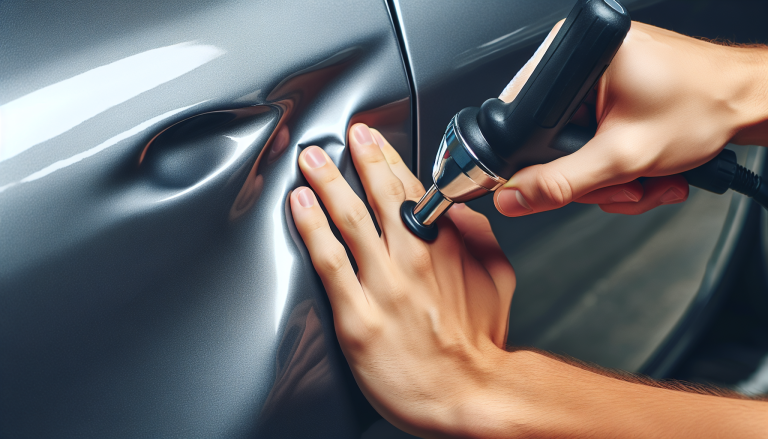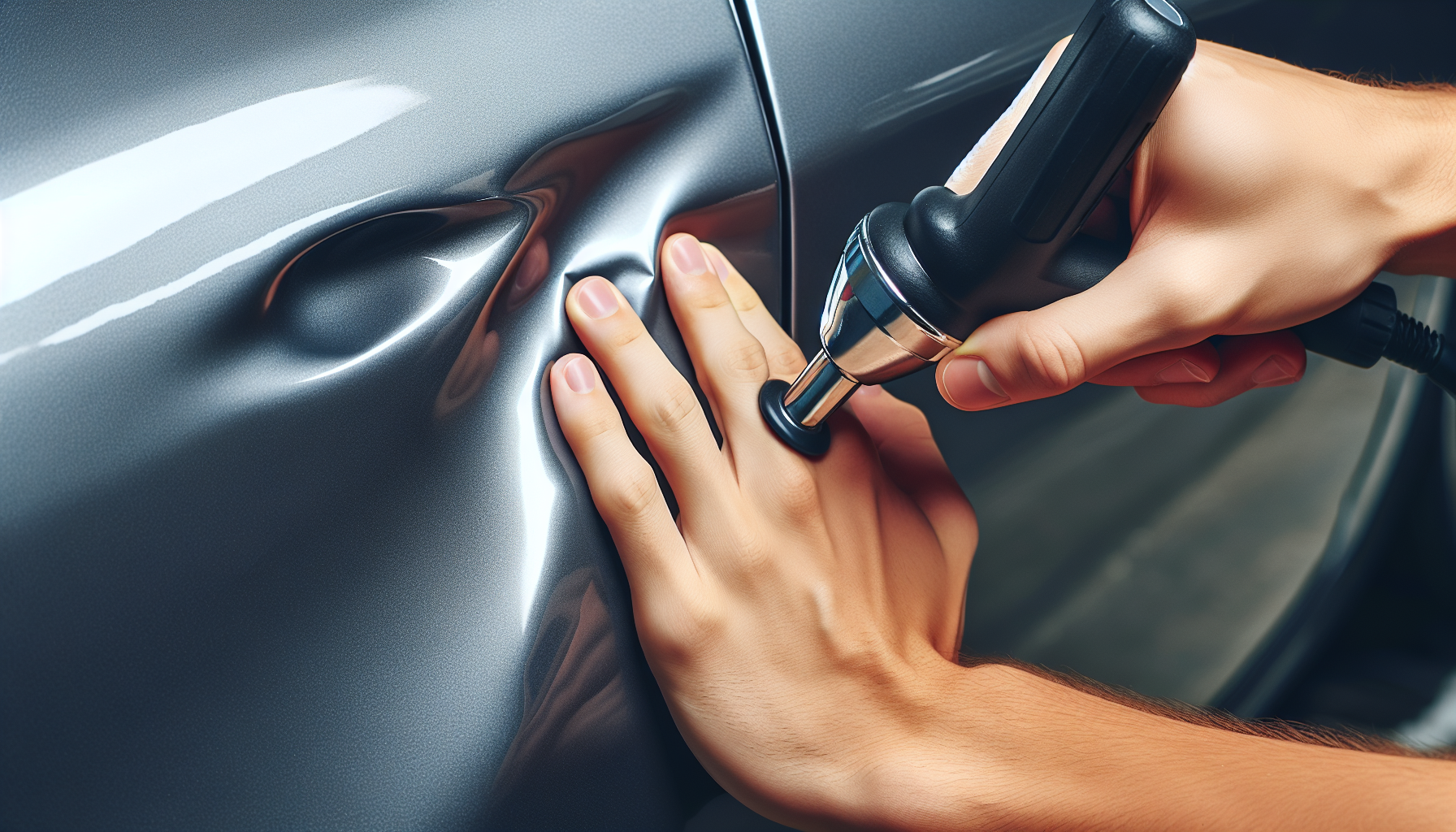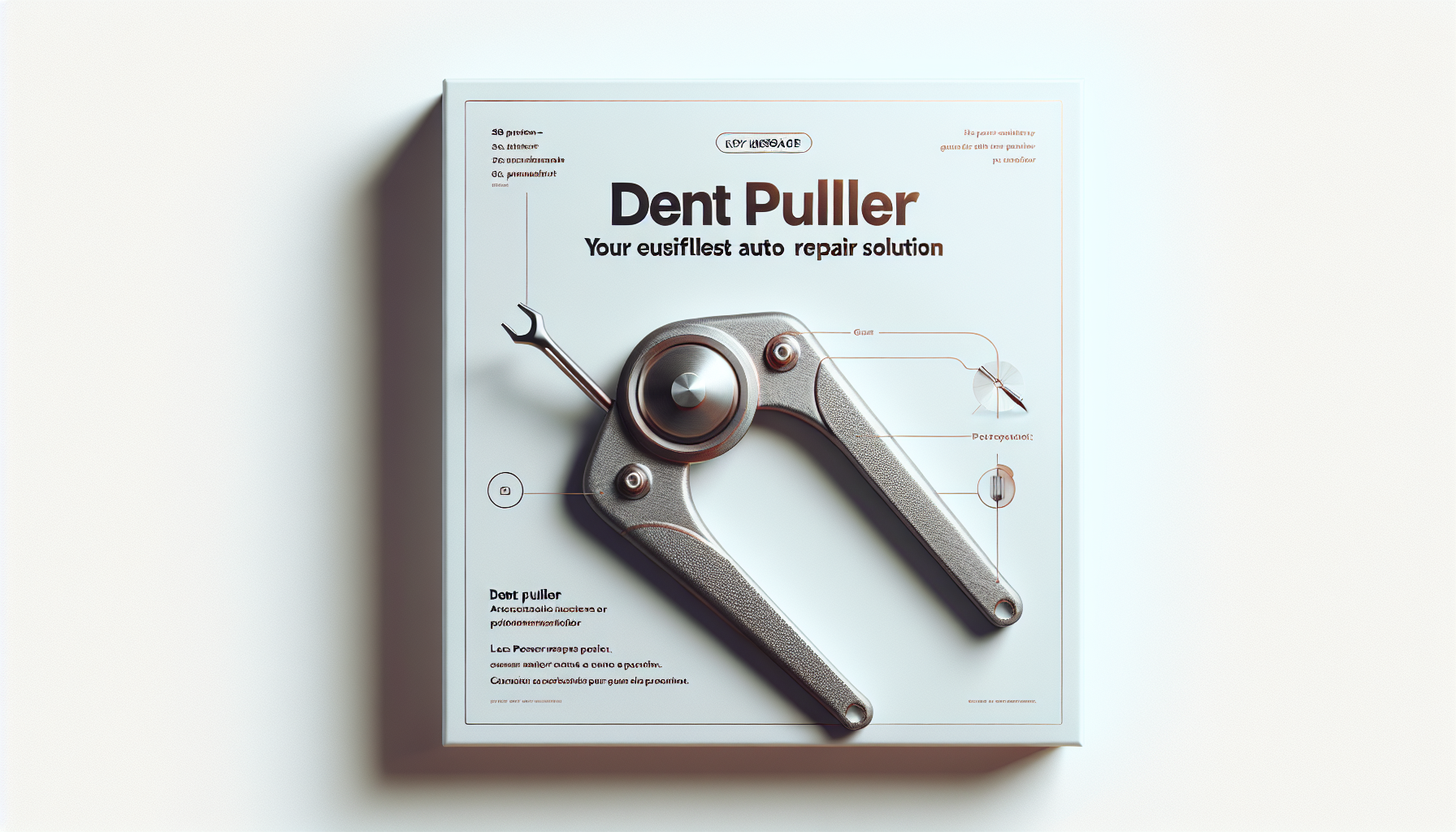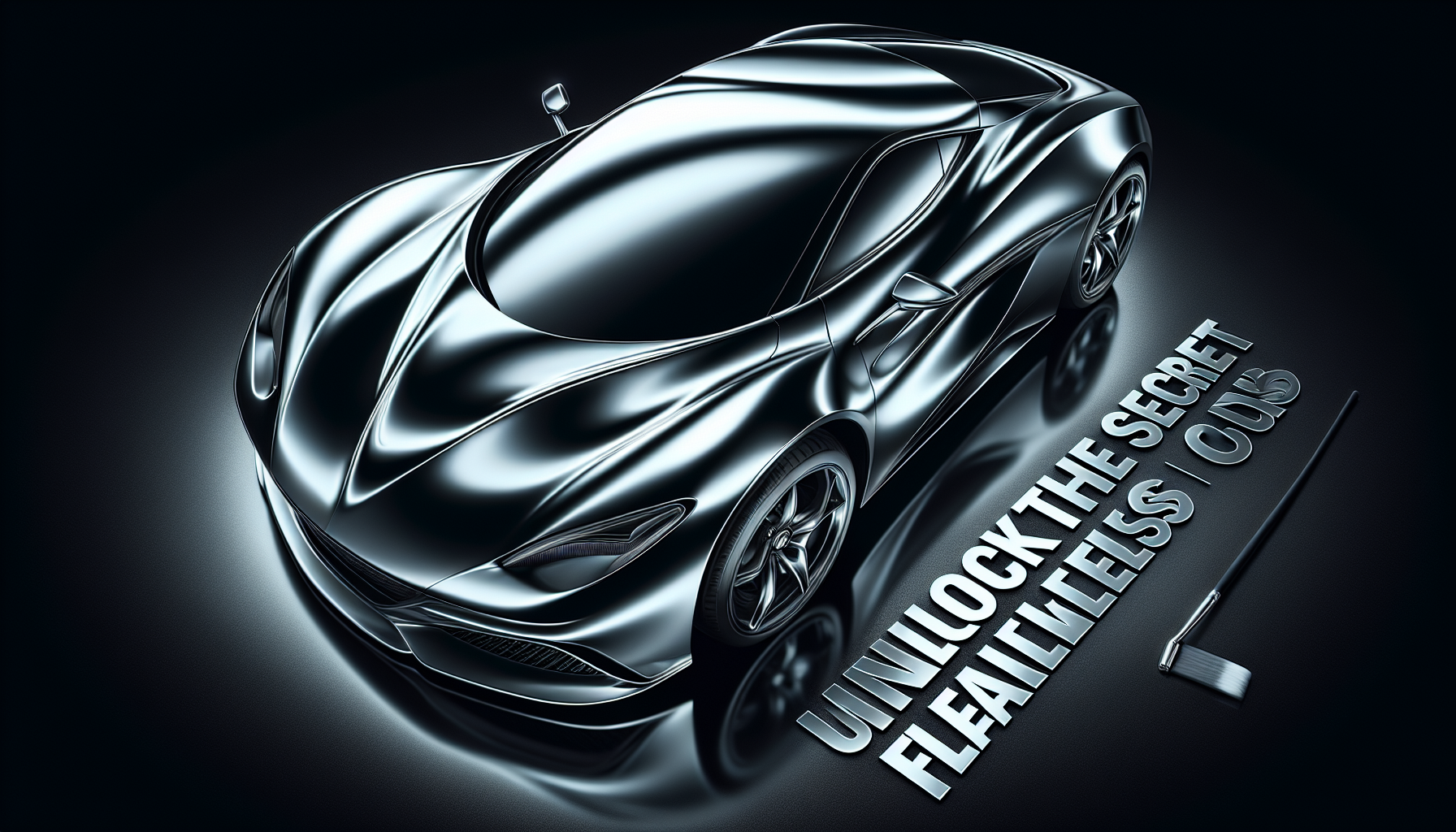The Ultimate DIY Dent Repair Tool: The PDR Dent Puller
As a seasoned DIY auto body repair enthusiast, I’ve tried countless tools and equipment in my quest to achieve professional-grade dent repairs. But one tool has consistently proven to be the game-changer for tackling even the most stubborn dents: the PDR Dent Puller.
Understanding the PDR Dent Puller
The PDR Dent Puller, also known as the Paintless Dent Repair (PDR) tool, is a specialized device designed to help you gently and effectively remove dents from your vehicle’s body panels without the need for expensive, time-consuming traditional repair methods. This innovative tool works by applying gentle pressure from the backside of the dent, gradually pushing the metal back into its original shape.

The PDR Dent Puller typically consists of a handle, a metal probe or hook, and a range of attachments that allow you to target different types of dents and access hard-to-reach areas. The probe or hook is designed to fit into the dent, and by carefully manipulating the tool, you can gradually massage the metal back into place, restoring the smooth, unblemished appearance of your car’s finish.
Mastering the Technique
Using a PDR Dent Puller may seem daunting at first, but with a little practice and patience, you’ll be able to tackle even the most challenging dents with ease. Here’s a detailed, step-by-step guide to help you get started:
1. Assess the Damage: Begin by carefully inspecting the dent and determining the best approach. Consider the size, shape, and location of the dent, as well as the accessibility of the affected area.
2. Prepare the Surface: Clean the area around the dent thoroughly, removing any dirt, debris, or wax that could interfere with the tool’s grip.
3. Select the Appropriate Attachment: Depending on the size and shape of the dent, choose the appropriate attachment for your PDR Dent Puller. Smaller dents may require a fine-tipped probe, while larger dents may call for a wider, more robust hook.
4. Position the Tool: Carefully insert the probe or hook into the dent, ensuring that it’s positioned securely and evenly against the metal. Apply gentle pressure to hold the tool in place.
5. Apply Slow, Steady Pressure: Using your hands or a specialized tool called a PDR Glide Hammer, apply slow, steady pressure to the tool, gradually pushing the metal back into its original shape. Avoid applying too much force, as this can lead to further damage.
6. Inspect and Repeat: After each application of pressure, inspect the dent to see if it’s been sufficiently repaired. If not, repeat the process, adjusting the angle and pressure as needed.
7. Finish with a Soft Touch: Once the dent has been removed, use a soft cloth or microfiber pad to gently smooth the surface and blend the repaired area with the surrounding paint.
Remember, the key to successful PDR is patience and a gentle touch. It may take some practice to master the technique, but the results are well worth the effort. With the right PDR Dent Puller and a little persistence, you can restore the pristine appearance of your car’s bodywork without the hassle and expense of traditional dent repair methods.
Tackling Different Types of Dents
The versatility of the PDR Dent Puller makes it a valuable tool for repairing a wide range of dent types, from small dings to large, complex dents. Here’s a quick overview of the types of dents you can address with this tool:
– Small Dents: The fine-tipped probes of the PDR Dent Puller are perfect for tackling small, shallow dents, such as those caused by hail or minor impacts.
– Medium Dents: For slightly larger dents, the PDR Dent Puller’s range of attachments, including hooks and paddles, can be used to gradually push the metal back into place.
– Large Dents: While larger dents may require more time and effort, the PDR Dent Puller can still be an effective solution, especially for dents that haven’t caused any paint damage.
– Creases and Folds: The PDR Dent Puller’s versatile attachments can also be used to address more complex dent patterns, such as creases and folds, by carefully manipulating the metal.
Regardless of the type of dent you’re facing, the PDR Dent Puller is a versatile and powerful tool that can help you achieve professional-grade results without the need for expensive bodywork or painting.
Choosing the Right PDR Dent Puller
When it comes to selecting a PDR Dent Puller, there are a few key factors to consider:
– Size and Attachments: Look for a PDR Dent Puller that comes with a range of attachments, allowing you to tackle dents of different sizes and shapes.
– Ergonomic Design: Choose a tool with a comfortable, well-designed handle that fits your hand ergonomically, making it easier to maneuver and apply pressure.
– Durability: Opt for a PDR Dent Puller made of high-quality materials that can withstand repeated use without bending or breaking.
One highly recommended PDR Dent Puller is the [link to image of tool] ACME PDR Dent Puller Kit, which features a sturdy, ergonomic design and a comprehensive set of attachments to tackle a wide range of dent types. This tool is suitable for DIY enthusiasts of all skill levels, making it an excellent choice for those new to the world of paintless dent repair.
In conclusion, the PDR Dent Puller is a game-changing tool for DIY auto body repair enthusiasts looking to achieve professional-grade results. With its versatility, precision, and user-friendly design, this tool can help you tackle even the most stubborn dents with confidence and ease. So why not give it a try and take your DIY dent repair skills to the next level?




